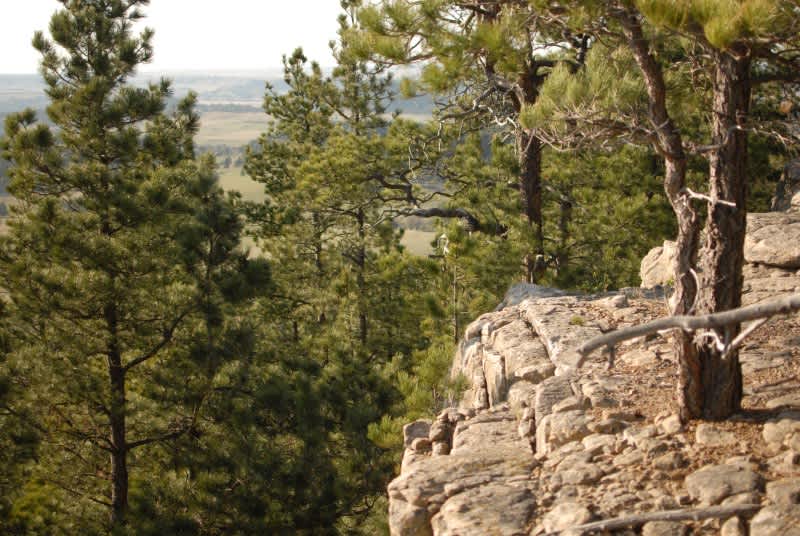Wilderness Survival: You’re Lost, Now What?
Ryan Tipps 06.01.16

Face it – getting lost happens to the best of us. Maybe you were tracking an injured buck too long; maybe the batteries on your GPS gave out; or maybe you hadn’t brushed up on your map and compass skills like you planned. Bottom line: You are where you are – wherever that may be.
And while you are alone at the moment, you’re not alone in the big picture of things. Hunters account for about 6 percent of the tens of thousands of formal search and rescue (SAR) callouts every year, says Robert Koester, an internationally renowned SAR statistician and author of “Lost Person Behavior.” Oftentimes, he says, hunters are found before a formal callout begins, so people getting turned around in the woods – even if only for a short time – is quite common. (For comparison, hikers account for 17 percent of formal callouts; dementia patients about 5 percent.)
Koester said the most common reason hunters get lost “is spatial disorientation, often related to intense concentration following game or a blood trail.” He says medical causes – such as heart attacks, accidents, hypoglycemia, etc. – also rank high up there. Sometimes, nightfall is simply to blame.
If it happens to you, breathe deeply and stay calm. Rob Speiden, owner of Natural Awareness Tracking School and author of “Foundations for Awareness, Signcutting and Tracking,” says that stationary targets are easier to find, so if you get lost, stop moving. He also said taking a map and compass is essential: “Hunters should be familiar with how to use those tools. GPS devices help, but batteries run out.”
Around the country, there are people willing and eager to help with missing-persons cases. In the western part of the U.S., most SAR teams are part of the local sheriff’s department. In the East, a lot of different setups are possible – searchers could be dispatched through emergency management offices, fire or police departments, state parks, or the department of game, to name a few. The actual resources – from manpower to gear to training – are pretty similar across the regions, Koester says.
Prevention is key, but there are things you can keep in mind if the day of misdirection arrives. Koester recommends:
- Tell someone where you are going and when you will be back. Make a trip plan!
- Carry the 10 essentials and know how to use them.
- Fully charge your cell phone and then put it in airplane mode to conserve battery but still be able to rely upon it. If you become lost, try to send out a text if you can’t make a phone call. Try 911 first.
- Look at a map and, along with a compass, make a plan of the best direction to go if you become lost (bail-out direction).
- If you do become totally lost and you told someone where and when you will be back, then stay put, make shelter, and make a fire. Blow a whistle every so often, even if you can’t hear anything.
Trained SAR teams are good at what they do. The type of hunter and the practices used (treestands, blinds, tracking, etc.) all factor into the decisions made during a search. Koester said in his book that hunters “go to great lengths to self-rescue” – in fact, about a third are successful at finding their own way out. However, he also said, “Some will avoid rescuers out of embarrassment or fear of having to pay rescue fees.” That’s a risky trade when living a long and healthy life is at stake.

